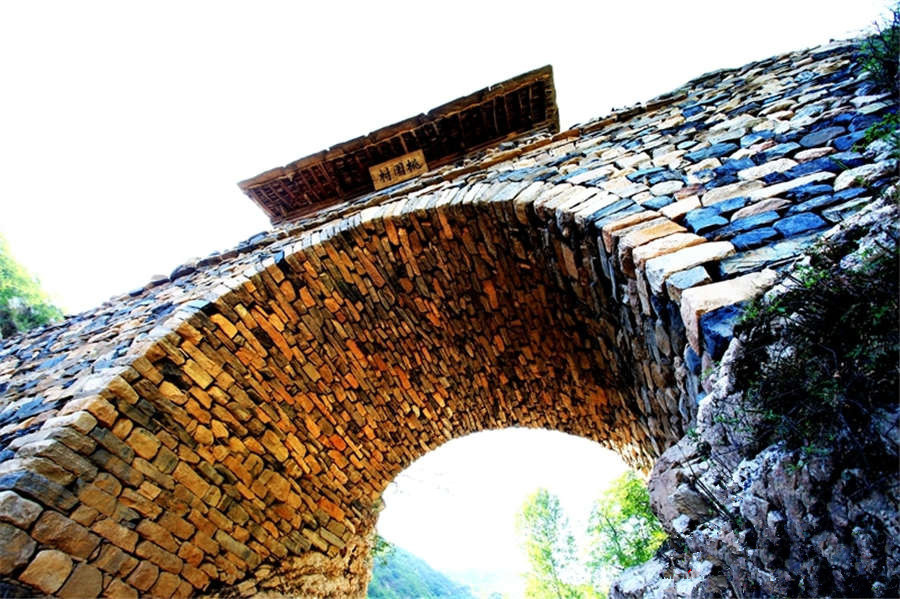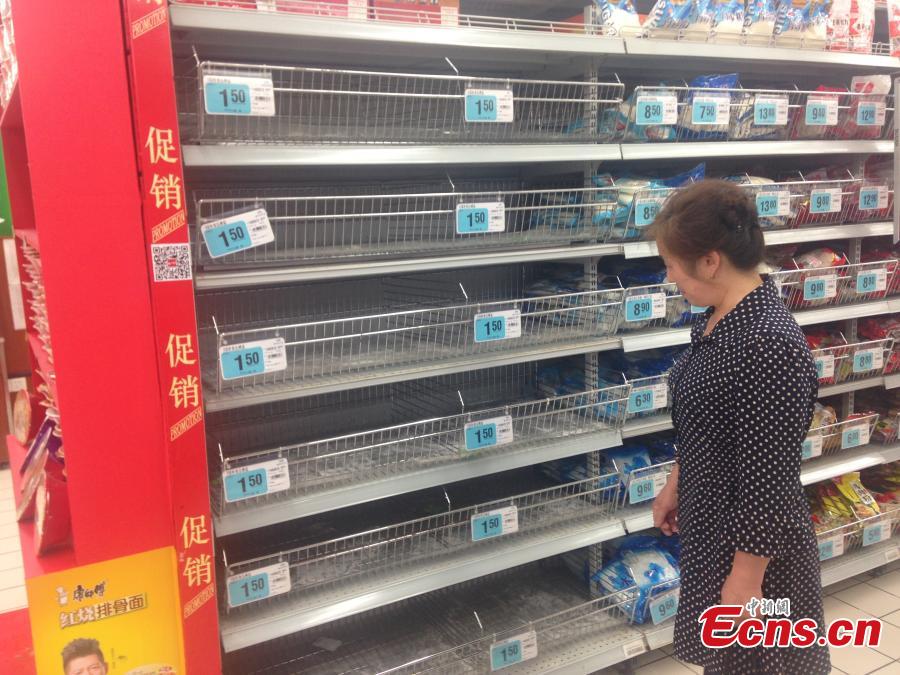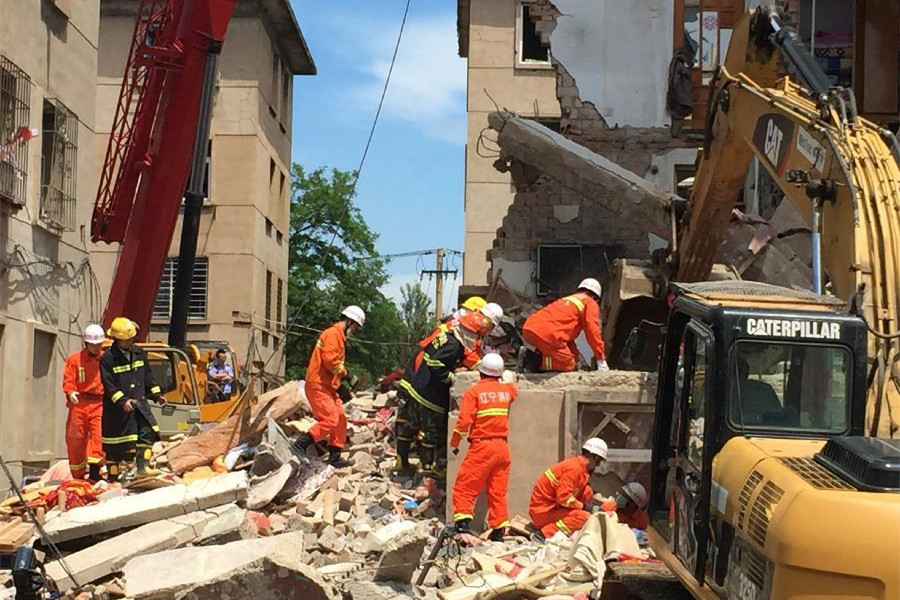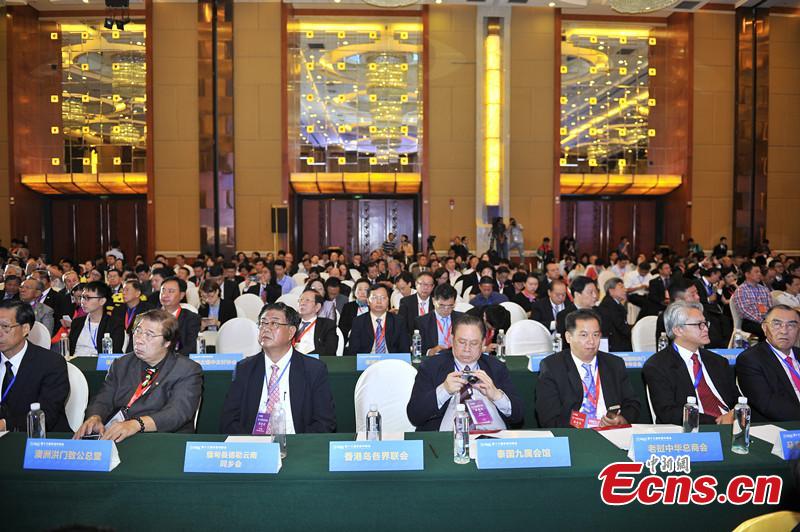Hidden cavities below
In recent years the impact of land subsidence on buildings, roads and infrastructure in urban locales has become increasingly apparent; in cities such as Beijing, Shanghai, Guangzhou and Shenzhen, for example, sudden collapses of land into underground cavities have been occurring much more often.
Though such cases can be caused by factors such as crustal movement, human behavior is believed to be the root cause.
On October 30, 2011, a tremendous roar was heard across the intersection of Meilin Road and Mencun Road in Shenzhen as a road surface area of about 100 square meters suddenly sank to a depth of five meters.
After an investigation, it was reported that the subsidence was caused by an ongoing railway construction project, and was in fact the sixth such case along the same section of railway. An official in charge of the construction site attributed the incident to unstable geological conditions.
Ten years ago, land subsidence was big news in China, yet now such reports sound like a broken record – a result of rapid urbanization coupled with a lack of foresight regarding the use of underground space.
Scholars agree that underground spaces must be utilized properly. Usually, if intermediate underground space is exploited, the part closest to the surface should not be used for safety reasons. However, this has often been overlooked in the past, and such carelessness has planted hidden dangers right beneath our feet.
City development faces challenges
For regions that have already become "tunnel areas," the use of water is likely to turn into a problem in the future. As such, governments must take concrete measures to control the over-extraction of groundwater, since the current mode of urbanization will continue to cause a severe lack of water resources in cities.
Apart from that, further land subsidence can also pose a threat to the safety of highways, elevated railway lines and buildings.
Last month, Wu Aimin, director of the Geological Survey Department at the China Geological Environment Monitoring Institute, warned that land subsidence is a hazard that the government needs to keep a close eye on because it can affect the Beijing-Shanghai High-Speed Railway and the South-North Water Diversion Project.
Another issue involves coastal areas such as Tianjin and Hebei, where groundwater accounts for over 70% of the total water supply, and saltwater intrusion has led to the contamination of fresh groundwater – and in some instances the inability to irrigate important crops.
On October 28, 2011, Yu Qiyang noted the problem of groundwater exploitation has lured unprecedented attention from the government. Three ministries have jointly released a ten-year plan on the prevention and management of groundwater pollution, he said.


















